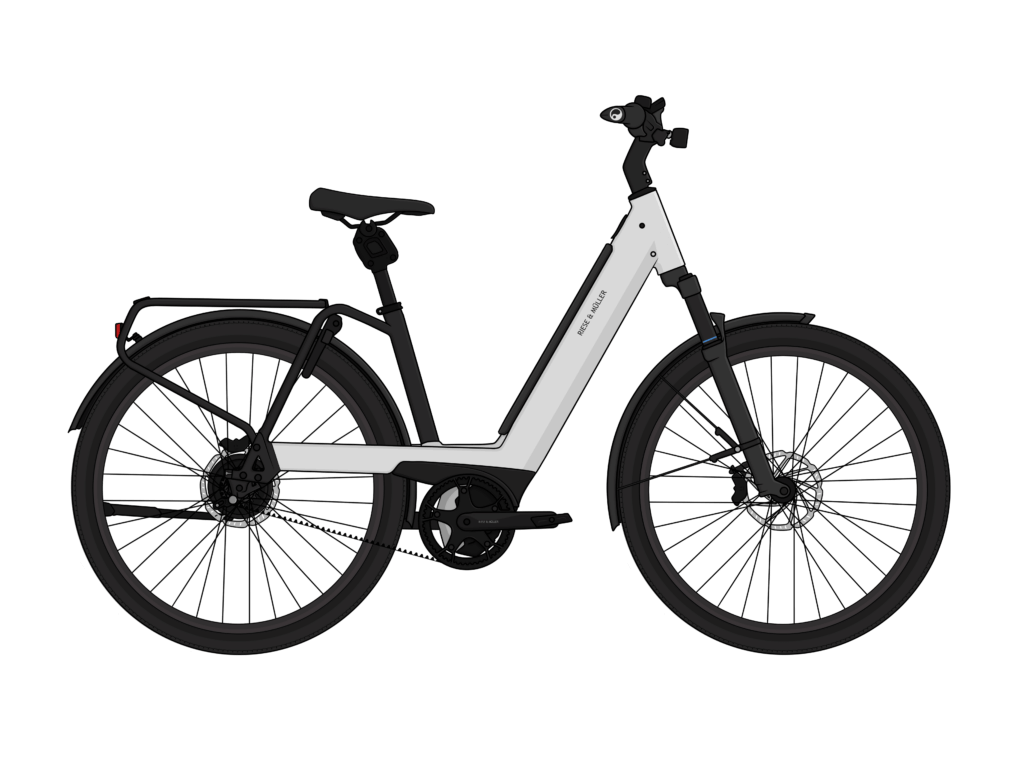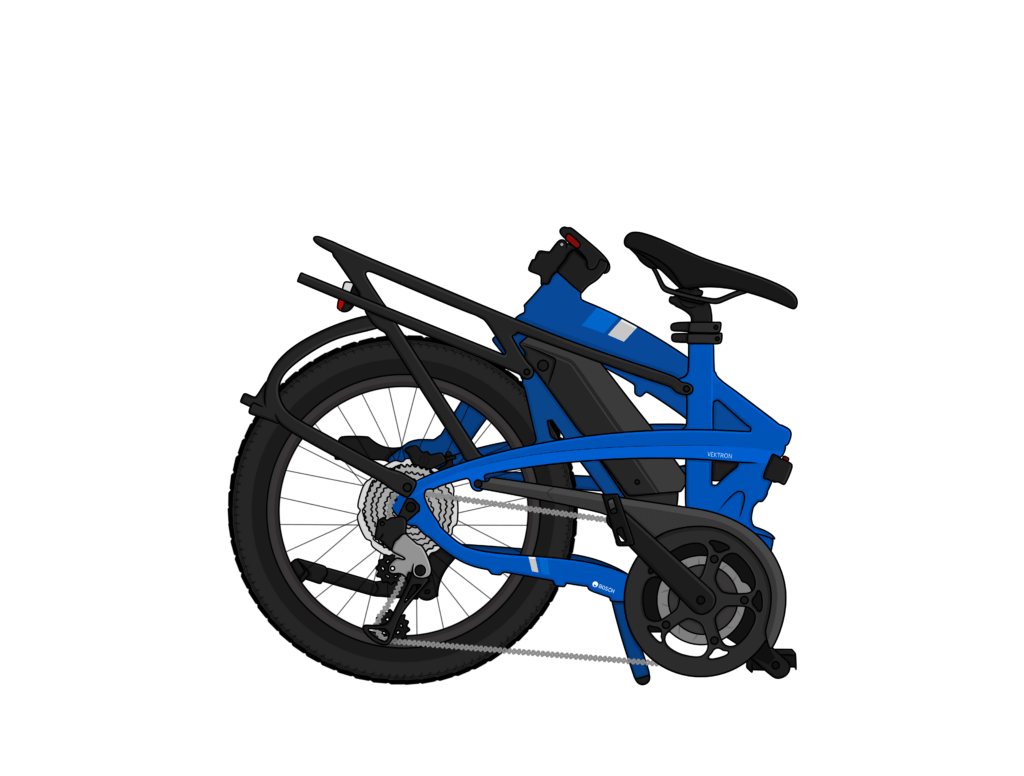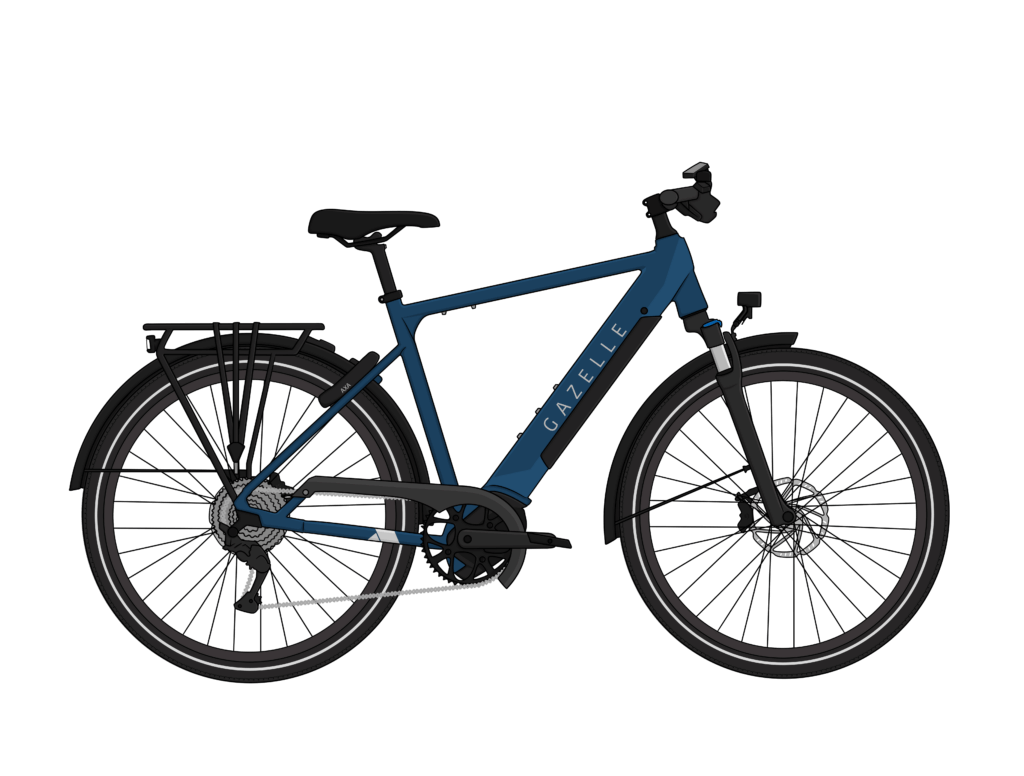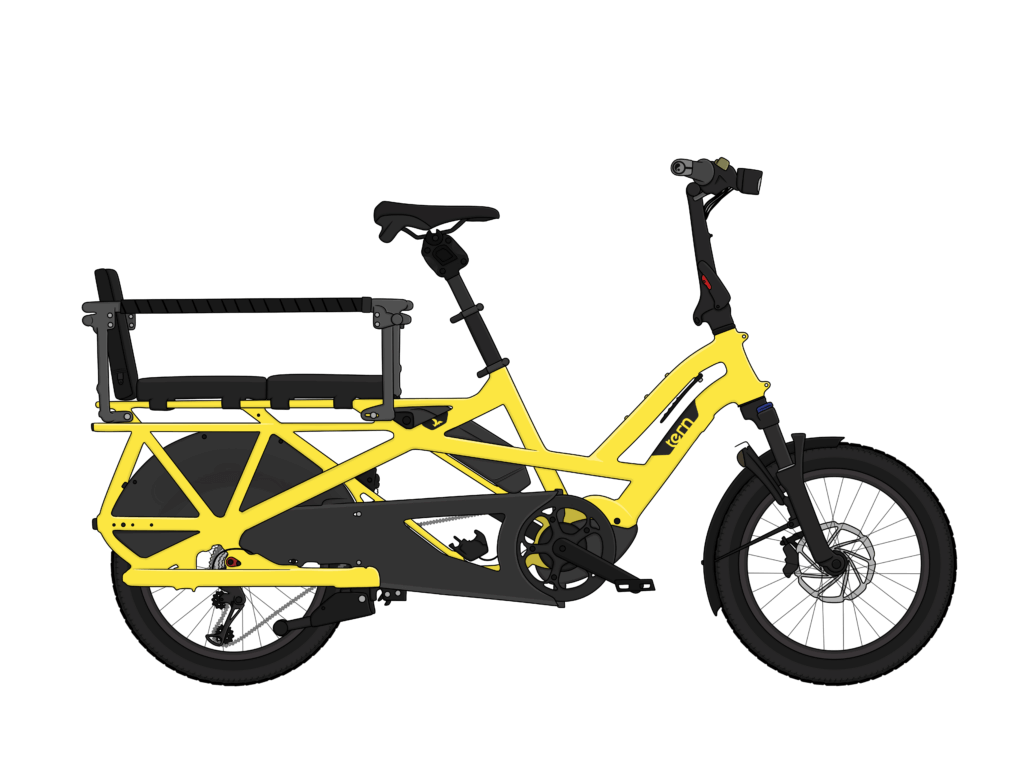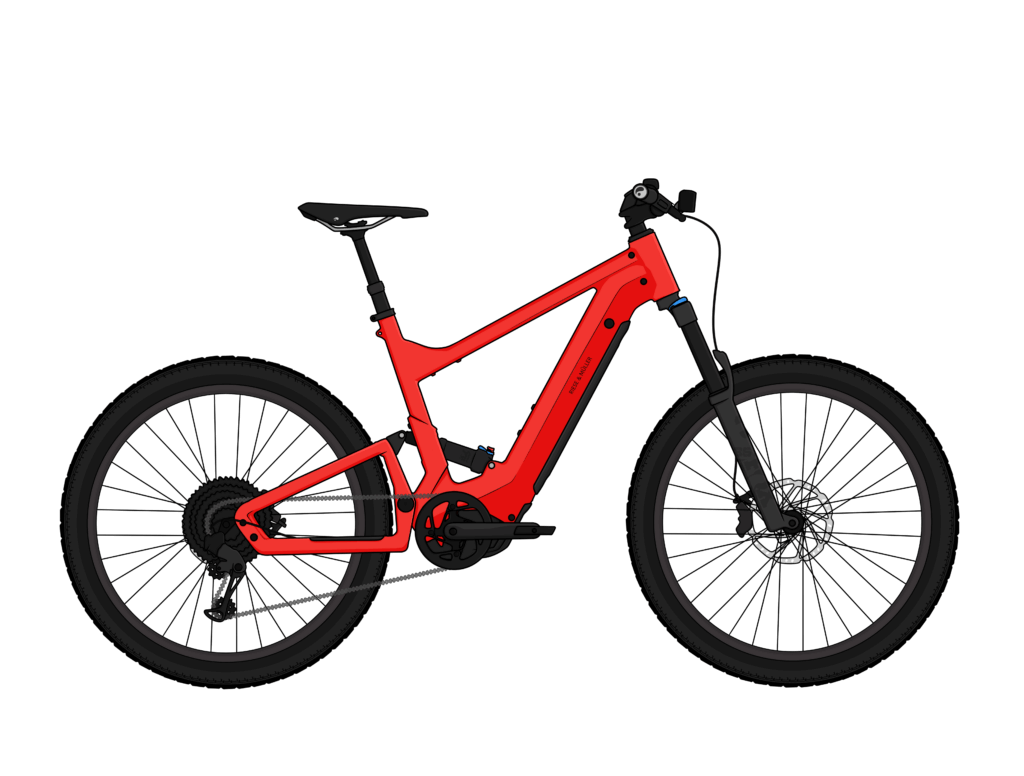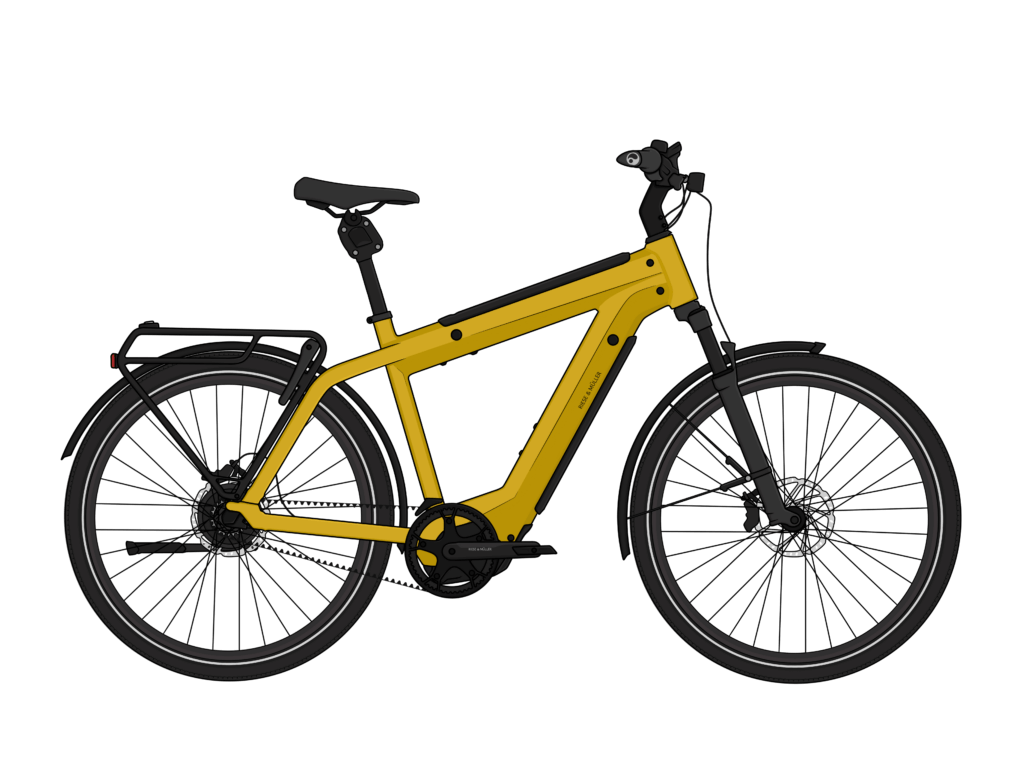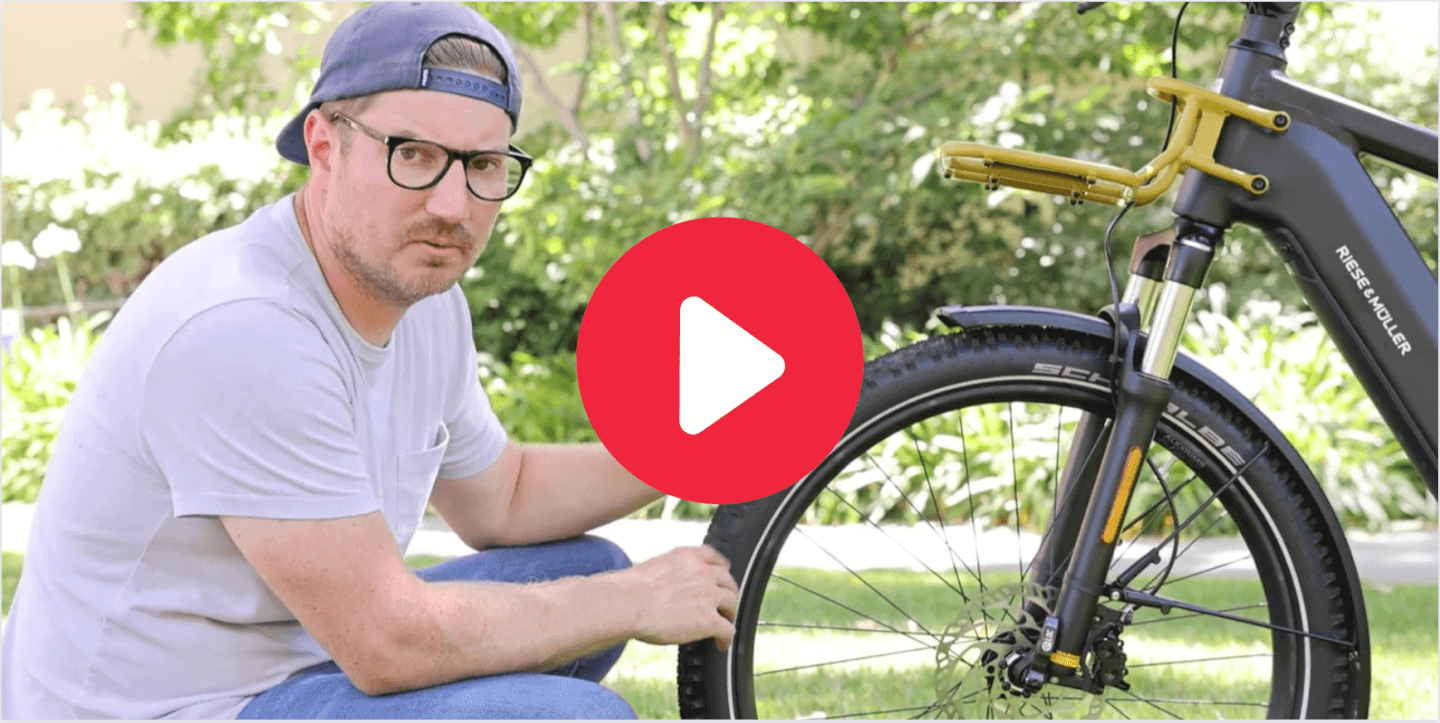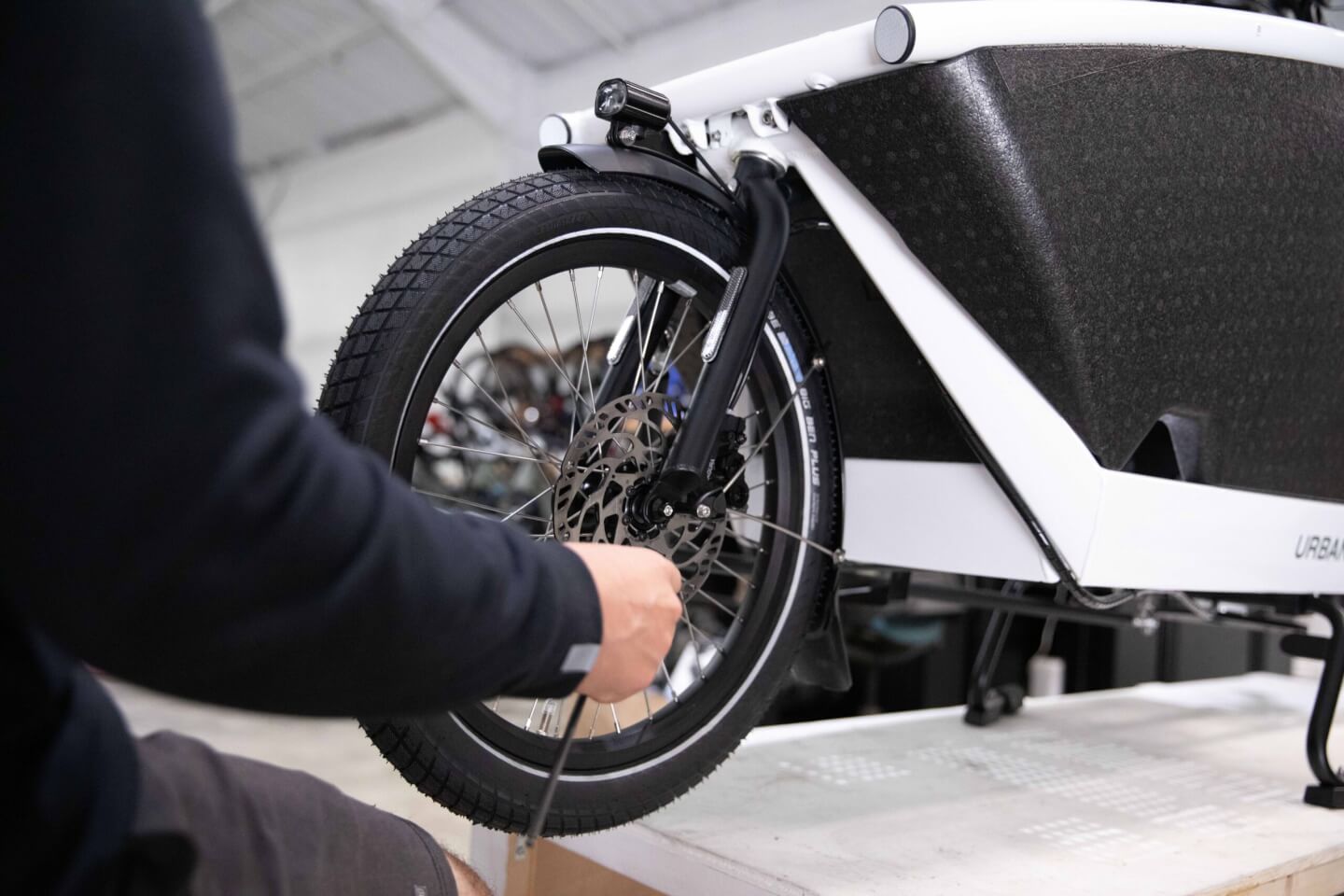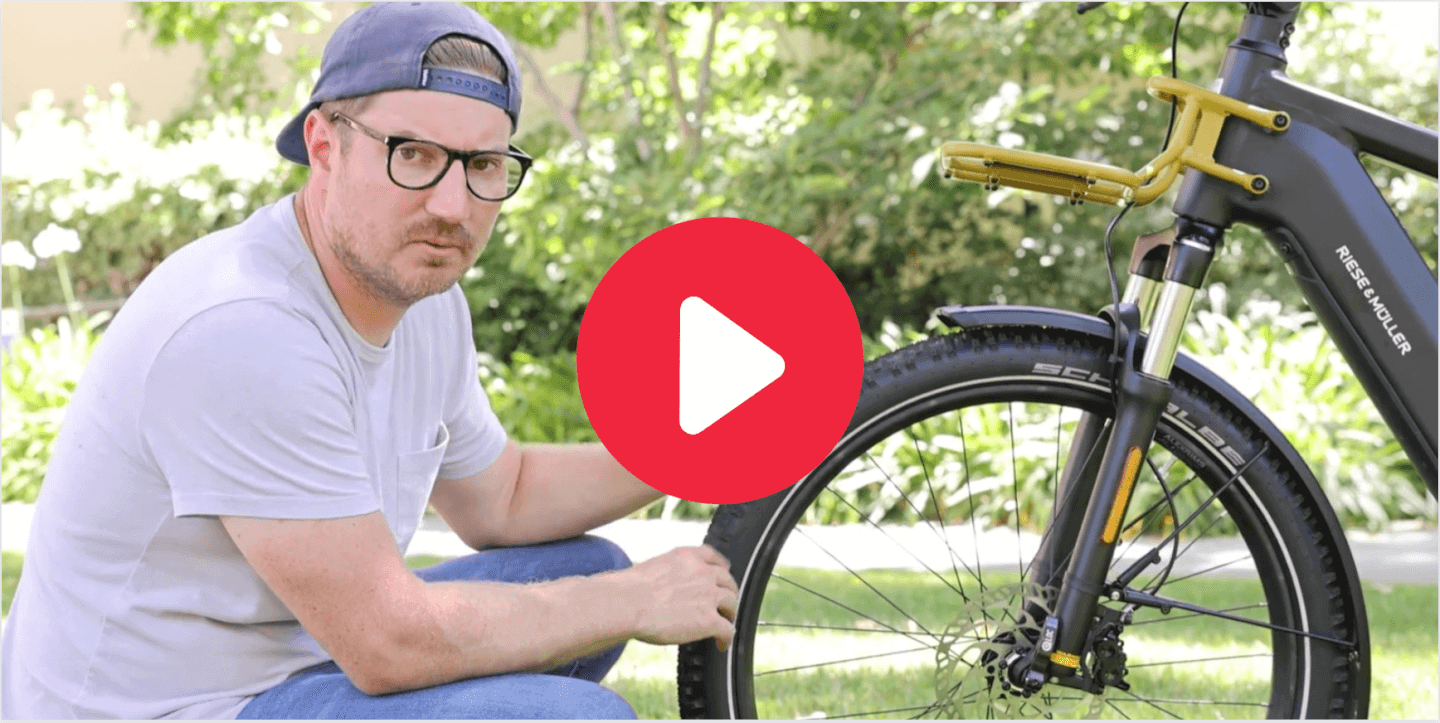Tips For Urban Bike Riding in Poor Weather
Many people that live in large cities or small towns tend to have everything they need within a 2-15 mile radius and can often be easily accessible by bike. In these environments, it is often easier to find bike parking over car parking (esp. where you don’t have to pay). This is one of the reasons why commuting and/or running errands by bicycle is becoming more and more popular today. Many folks are making the decision to sell their cars to ride full-time.
But one of the most common questions we get from folks thinking about making the switch is, “What happens when the weather is not so great?”. This is a really good question. Whether it be a snowstorm, rainstorm, or maybe it’s 127F degrees outside because it’s August and you live in Las Vegas, it is important to know how to ride safely and maximize comfort even in the most uncomfortable situations. If weather is something you are concerned about, checkout these tips and tricks you can use to make riding a bike more enjoyable in different weather conditions.
In this guide, we’ll take you through everything you need to consider when riding your bike in inclement weather:
Cold Weather
When it’s cold out, it’s hard enough to tear off those blankets and get out of bed, let alone hop on a bike and ride to work or make a trip to the grocery store. All of us have a different tolerance for cold, and a majority of us don’t live in the same climate. I can’t help you get out of bed, but I’ll try to provide some advice on how to prepare for frigid weather.
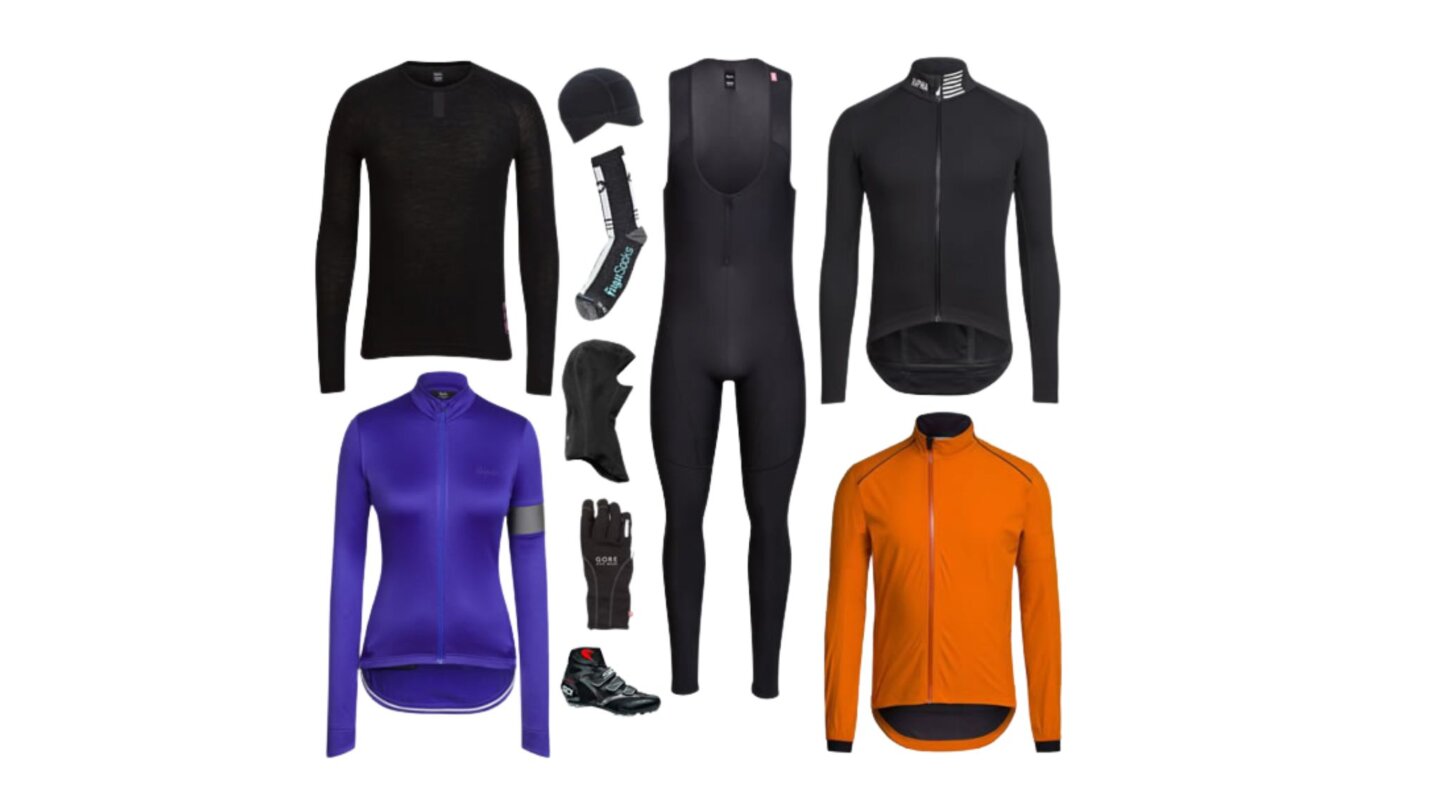
Layer your clothing
Layering is key to comfort if riding in colder temperatures. You can go from freezing cold to hot and sweaty pretty quick, depending on your riding style (from fast and sporty to casually cruising). This is why having the option to remove and add clothing throughout the ride is a great way to stay at a moderate temperature. T-shirt + long-sleeve + sweater + maybe a jacket = nice and toasty.
Wear good gloves
Gloves are a wonderful way to keep warm. Not only does heat escape through our hands, head, and feet, but when it comes to bike riding, your hands are on the handlebars on the front lines of wind chill. Get yourself a nice pair of winter riding gloves to keep your fingers from falling off. Make sure that the gloves are warm enough but not too bulky so that you still have enough dexterity to control the bike and use your brakes.
View these SealSkinz waterproof all weather gloves. They’re a great option if you’re looking to keep your hands toasty while riding and also add an extra layer of visibility!
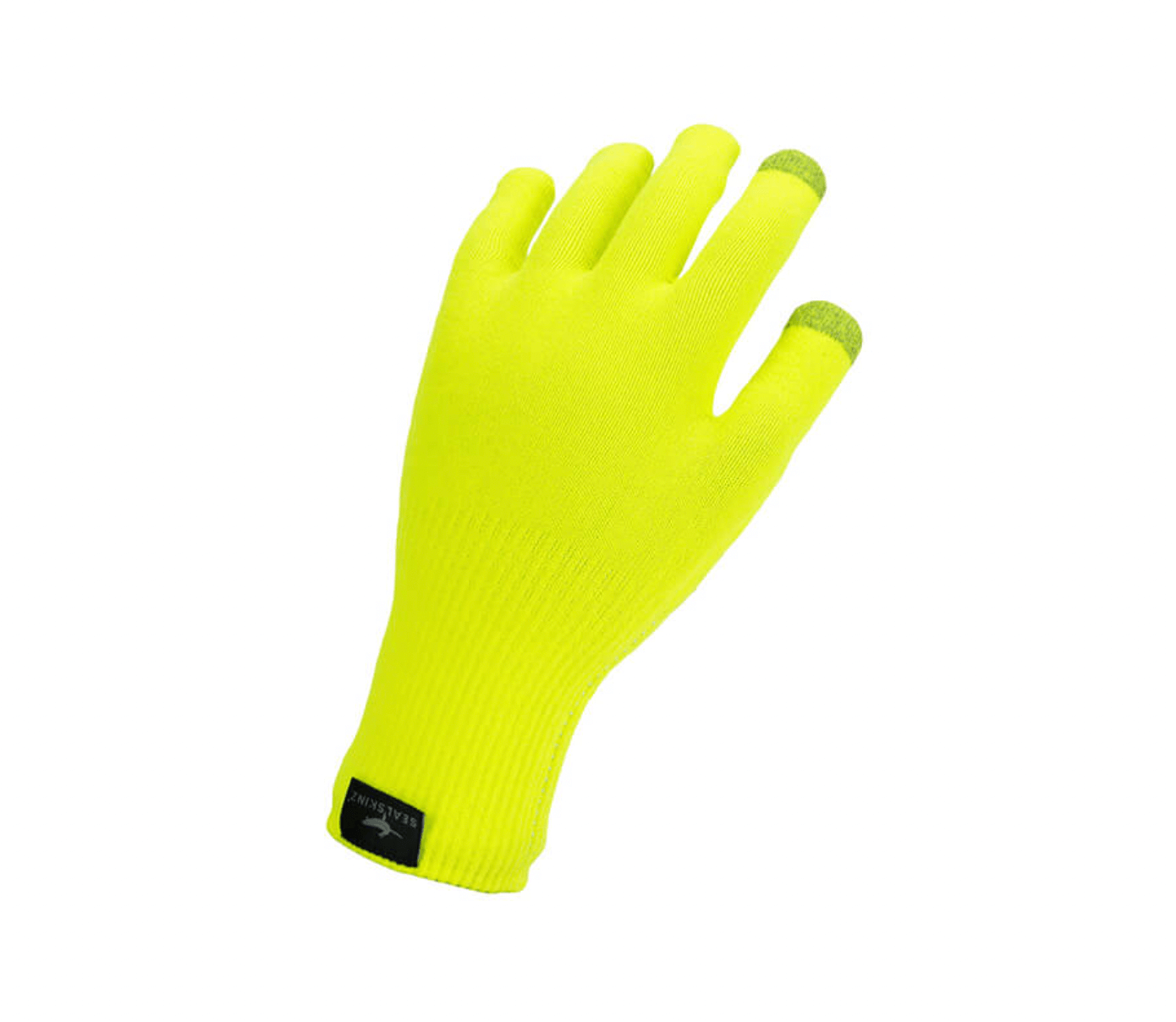
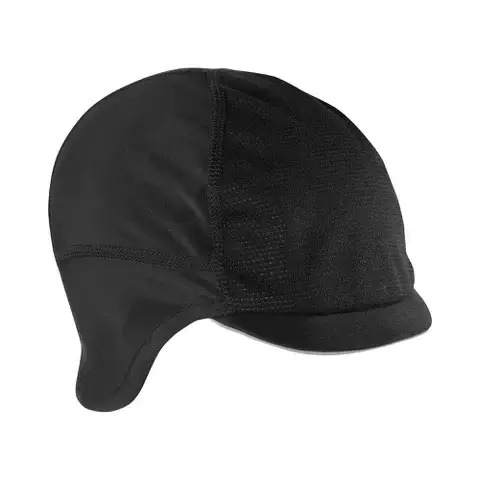
Keep your head warm
Head protection can help you stay warm. Many bike apparel companies such as Giro, Pearl Izumi, Chrome, etc. make skull caps, which are nice and thin and designed to fit under a helmet properly. Some are made with ear flaps, so you can keep your ears warm too. Or some people opt for a hat, beanie, headband, or earmuffs.
Wear Merino Wool
Merino Wool as a base layer is amazing. This material is great for wintertime outdoor activities such as bike riding. What makes merino wool stand out is its weight to warmth ratio. The wool traps heat efficiently in the fibers, making it warmer than synthetics of the same weight. But it also works well in warmer weather as merino regulates your body temperature very well. Merino clothing comes as shirts, pants, socks, hats/beanies, etc.
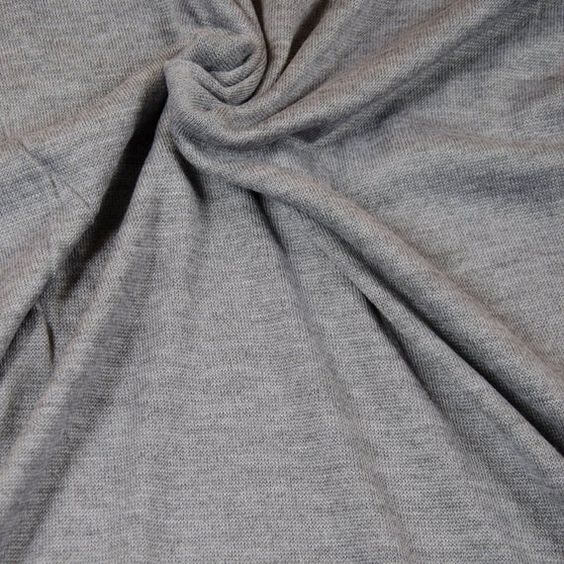
Hot Weather
Overexposure to extreme heat could lead to anything from dehydration to heat illness and in extreme cases death. Knowing what to do to beat the heat if you can’t get out of the street is important for your health and safety.
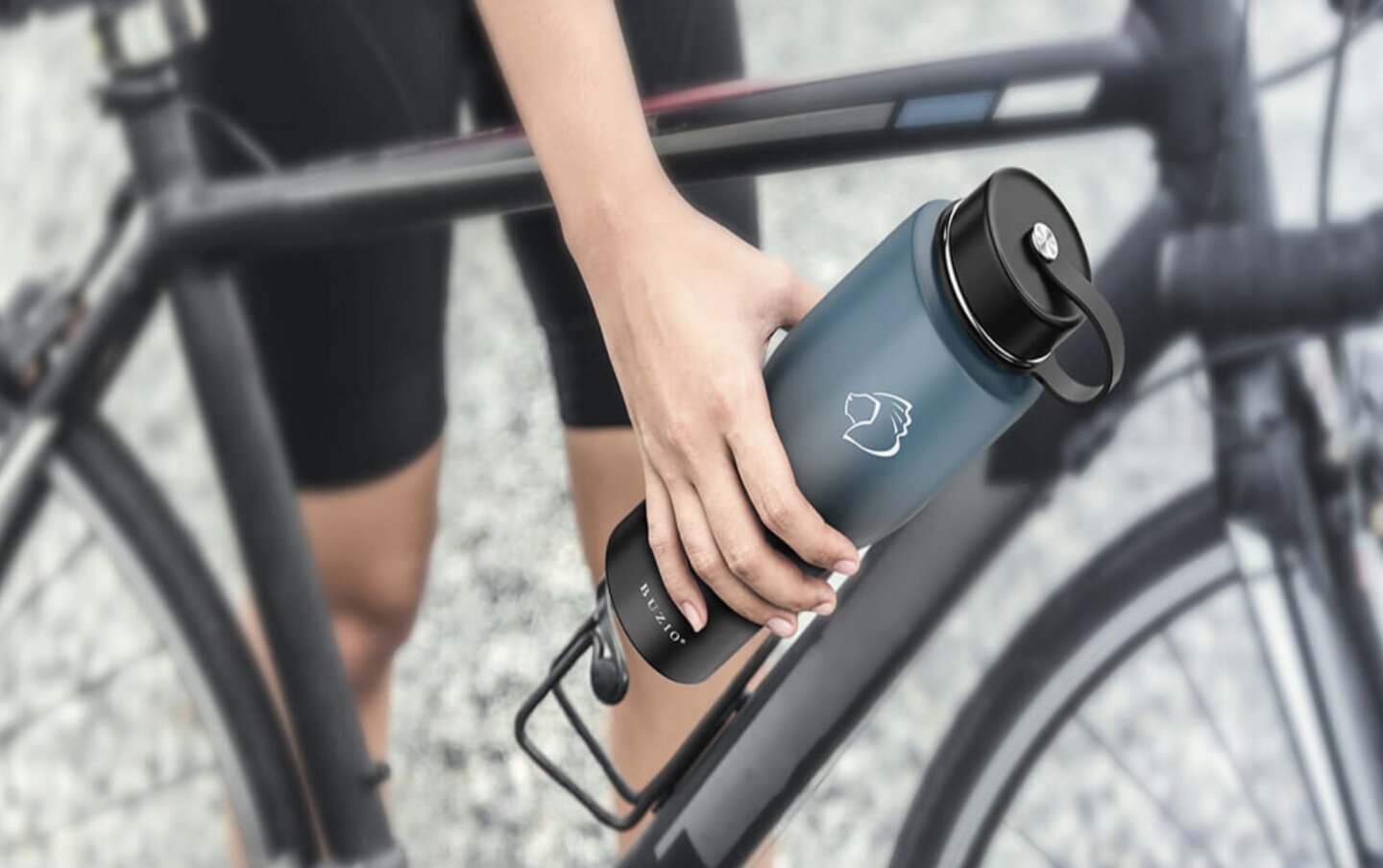
Stay Hydrated
Make sure that you bring plenty of water. If your ride is going to exceed 30 minutes, you might want to bring a sports drink or hydration supplements with you. These products are enhanced with electrolytes, which are a group of minerals (sodium, calcium, potassium, chloride, phosphate, magnesium) that help the body stave off things such as dehydration, fatigue, cramping, etc. You may want to avoid beverages high in sugar, as they can cause a sugar spike, which is usually followed by a sugar crash.
Wear The Proper Clothing
Wear things such as shorts and a tank top. As you get hotter and start to sweat, the breeze from riding plus the sweat can cool down exposed skin. If you do this, you will want to protect your skin from overexposure to UV rays. Besides staying inside, sunscreen is the best way to protect your skin from the sun’s harmful rays. All sunscreen protects from UVB rays, but only broad spectrum sunscreens will protect against both UVB and UVA rays.
Cover up to keep the sun off with UV blocking, moisture wicking clothing if you are not a fan of sunscreen. UV protective long sleeve shirts and pants are another great way to keep your skin safe and stay cool. This type of clothing is becoming more available across various outdoor apparel brands such as Columbia, the North Face, Patagonia, and so on. Wide brim hats can help keep the sun off your face and neck, but these can be hard to pull off if wearing a helmet.
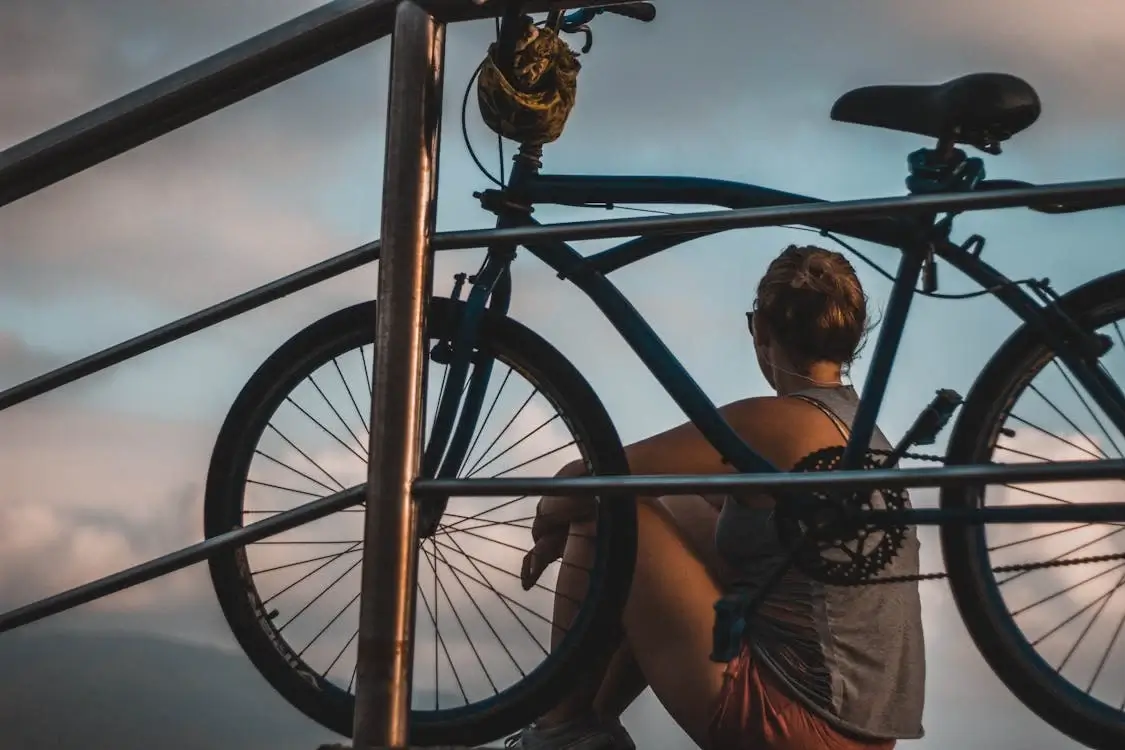
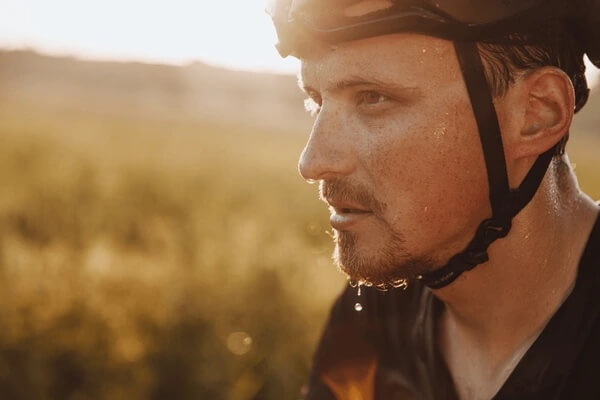
Don’t Push Yourself
Don’t ride too hard or fast. Being outside on a hot day can be tough enough, so if you’re on your bike for any reason, just take it easy. If you can’t help but be out for an extended ride then it’s a good idea to take a break every now and then, in the shade when possible. Try to map out places to refill on water if you think you might run out, whether it be a park with a water fountain or a convenience store to purchase another bottle.
Eye Protection
Keeping your eyes safe from sun, wind, rain, and snow is not something everyone likes to do, though I’m sure your eyes would appreciate it. Protecting your eyes with glasses or goggles not only shields from such conditions, but they can also help keep debris out.
Prolonged exposure to the sun’s UV rays can damage your eyes and cause photokeratitis, which is often compared to a sunburn, but it affects the corneas of your eye. Though this is a temporary condition, long exposure to UV rays can increase your risk of developing cataracts or macular degeneration. Sunglasses are a good idea regardless of the reason you’re outside at the same time as the sun.
If you’re like me, wind chill can make your eyes water like crazy, which in turn can impair your vision. Having a good pair of glasses or goggles, tinted or not, is beneficial to prevent this from happening.
For rain and snow, you could make the argument that glasses only make your vision worse as the water sticks to the lenses. But the other side of that argument is that a lack of eye coverage leads to rain/snow getting in your eyes. Which one is worse? That’s up to you.
Commuting With Kids in Poor Weather
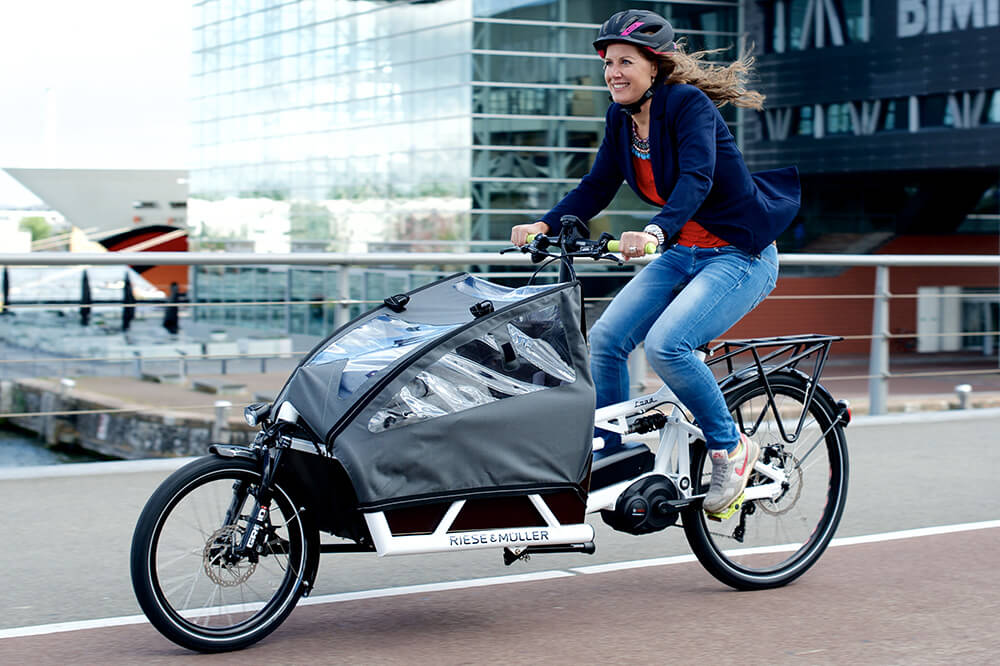
As adults, even without this guide we would adapt and figure out a way to ride a bike in not-so-favorable weather. Children however are at the mercy of their caretaker when it comes to staying comfortable and safe in any environment. All of the above mentioned tactics can be used for kiddos, but there are also a few more things you can do for them:
Most companies that manufacture cargo bikes, both front and rear loading, make passenger accessories, some specifically for children. If you’re in the market for a cargo bike to carry your child(ren) and weather is a concern, finding a bike with a cover/canopy would be the best way to keep kids dry in the rain, or shaded from the sun. I’m sure you already do this, but checking in on them every now and then to make sure they’re doing okay is a good idea. Especially kids in rear loading cargo bikes or trailers tailing behind you where you can’t see them.

